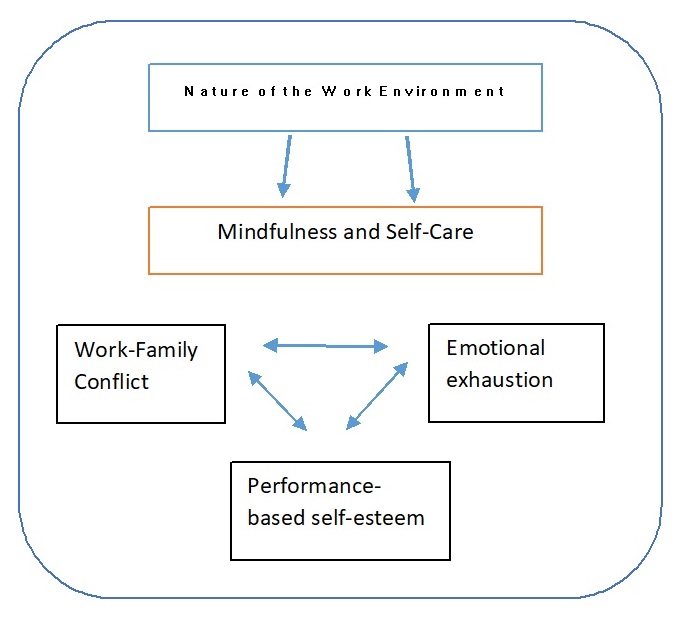They say change is as good as a holiday. While that may be true in some contexts, most of us know that when the changes happening are outside of our control ‘holiday’ is probably not the term we would choose! Many of us work in contexts where there is significant change occurring. An unwanted side-effect of organisational change can be workplace fatigue (commonly known as burnout) which can manifest in dissatisfaction or disenchantment in our work, emotional and physical health effects, or apathy.
The model below identifies areas that exacerbate and mitigate workplace fatigue. Some of these areas are within our control (the orange box) and we are able to change them. Some are areas that we need to problem solve or work on (the black boxes).

So, let’s look at what we can do:
- Review your own self-care and make a self-care plan.
Reach out professionals is a website that has a great section on assessing your own self-care and developing a self-care plan. Or think of a model you identify with such as Te Whare Tapa Wha and how you can address your self-care in each of those areas. - Develop hobbies, goals and a sense of identity outside of your work and employment role rather than just getting our sense of self-worth from our work. Research shows those that have an identity primarily within their employment role (performance based self-esteem) are more susceptible to workplace fatigue.
- Look into and practice mindfulness – it’s everywhere!
Start by just focusing on your breath – it is amazingly powerful to just stop and breath for a moment and you have your breath with you everywhere (hopefully – if not you have bigger problems than work!).
Mindful colouring is becoming very popular and is surprisingly relaxing as well as a great activity to do with kids.
Try to do one thing at a time- if you are going for a walk, or practicing a hobby try to just do that – let go of thoughts or worries about work.
Enjoy nature. Appreciate that we live and work in beautiful country!
Use a mindfulness app for other ideas. There are heaps of these around including headspace. - Use a scale such as the Maslach Burnout Inventory (MBI)
This can track your workplace fatigue over time and suggests specific areas where the most impact might be, informing problem solving. - Check in with your doctor, general practitioner (GP) or health provider if required for other emotional effects.
There is some suggestion that the term ‘burnout’ may cloud active depression (Bianchi, Schonfeld, & Laurent, 2015).
Seek help through your Employee Assistance Program (EAP) or through free services such as Procare Psychological Services (if your GP is a Procare GP). - Gather your colleagues and think about what you can change in your work environment, even the little things.
I worked in a site where every day, regardless of how busy it was we stopped for morning tea and this was modelled by leadership. It made a big difference to the level of support that we were feeling. - And finally; make use of the supports available to you.
This may include family, friends and colleagues but don’t forget about other supports such as Employee Assistance Programs.
- Jane Haste, Clinical Advisor for the Towards Wellbeing Program
